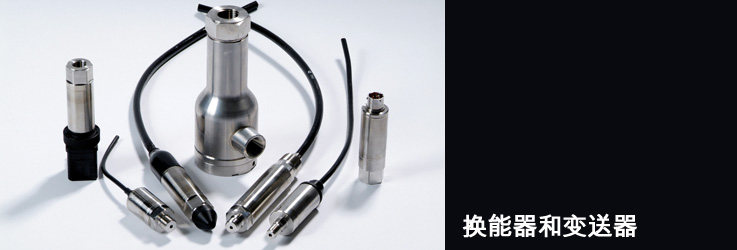TERPSJust think... how a silicon pressure sensor that is 10 times more accurate and stable than standard silicon sensors can improve your performance, enhance your safety and cut your costs in almost any pressure sensitive applications between -40 to 85 °C (-40 to 185 °F). With 0.01% accuracy FS (100 ppm) and stability of 0.01% FS per annum (100 ppm) TERPS performs to quartz accuracy at half the cost and with fast delivery times. The opportunities are immense when you think about it. |
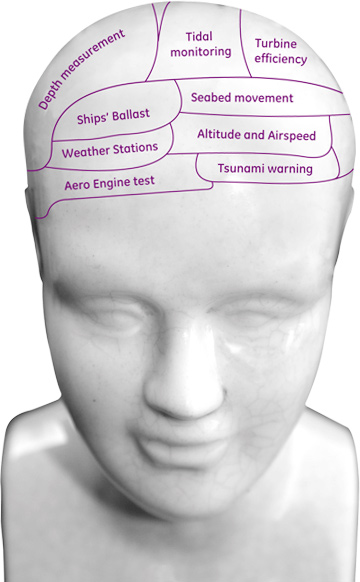

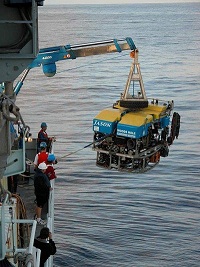
Remotely Operated
Vehicles (ROVs) and
Autonomous
Underwater Vehicles
(AUVs) rely on
accurate data for
safe operation
beneath the sea.
TERPS can improve
accuracy, reduce
cost and can be
ordered and
delivered to on
accurate delivery
schedules.
ROV and AUV depth
operation

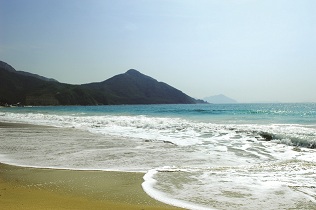
Monitoring tidal
level accurately is
part of a countries
disaster mitigation
strategy and used to
better understand
sea level change.
Millimeter accuracy
and high reliability
from our TERPS DPS
8000 and 8100 range
provide a robust,
cost effective and
readily available
alternative to
quartz sensors.
Critical tidal
monitoring

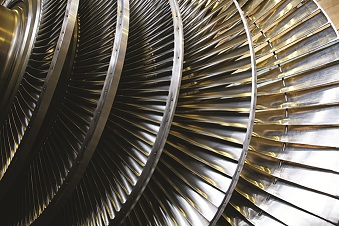
The accuracy and
stability of TERPS
at +/- 0.01% means
you can optimise
steam turbine
efficiency,
radically cutting
costs and enhancing
performance. TERPS
is robust and
extremely cost
effective giving you
calibration-free
precise operation in
steam turbine
applications, from
15 to 70 bar, at
temperatures ranging
from 0 to 80°C.
Improve steam
turbine efficiency


TERPS can be used to
control ballast or
fuel tank levels
over wide
temperature ranges
with extreme
accuracy, providing
the information you
need to optimise the
trim of submarines
or drilling vessels,
improving safety at
sea and cutting fuel
consumption.
Optimising ship
ballast tanks


Monitoring seabed
movements around
oilfields needs
accurate and robust
devices. TERPS
provides a sensor
solution that can be
installed and left
without the need for
maintenance,
delivering
incredible accuracy
even at significant
depths. Hastelloy
wetted parts deliver
long-term
reliability in deep
salt water
environments. TERPS
operates at
pressures of 2 to 70
bar (29 to 1015
psi).
Seabed movement


TERPS reliability
and accuracy can
transform your
weather station
operations, helping
to improve weather
prediction and
disaster prediction
while saving money
on installed costs.
Dependable
performance over
long periods will
cut your operational
costs too.
Better weather
station performance
with lower costs


The lightweight and
rugged construction
of TERPS sensors
allows accurate
measurement of
altitude and air
speed in
aeronautical test
environments from
-55 °C to 85 °C (-67
to 185 °F) in
pressure ranges from
200 to 1200 mbar
(2.9 to 17 psi).
Durable, highly
accurate altitude
and airspeed


TERPS is highly
accurate in harsh
environments at a
wide range of
temperatures. Small
in size and weight,
TERPS is ideal for
highly accurate aero
engine testing at
temperatures between
-55 °C to 85 °C (-67
to 185 °F) and
pressure ranges from
200 to 1200 mbar
(2.9 to 17 psi).
Aero engine test


Ideal for deploying
in the ocean to
monitor sea level
accurately and
determine the size,
direction and speed
of Tsunami waves.
Hastelloy wetted
parts deliver
long-term
reliability in deep
salt water
environments. TERPS
delivers incredible
accuracy and
stability (+/-
0.01%) at pressures
of 2 to 70 bar (29
to 1015 psi).
Safety critical
tsunami level
monitoring
|
Data talks+/- 0.01% accuracy and stability! TERPS represents a remarkable break through in the performance of silicon pressure sensors. As part of the development programme over the last five years TERPS has been rigorously tested at GE. The results are available here for you to see the remarkable stability and accuracy for yourself! |
 |
|
|
|
||
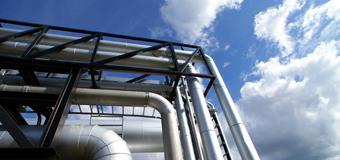
TERPS is ideal for use in a broad range of industry applications including Oil & Gas, Oceanography, Meteorology, Aerospace, Power Gene ration, Military, Marine and Government programmes. |
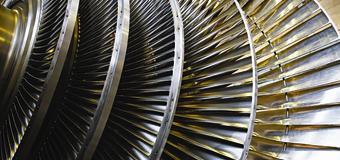
With accuracy and stability of +/-0.01% FS (100 ppm) TERPS is a very cost effective alternative to quartz. TERPS can be used within robust environments, over temperatures between -40 °C to 85 °C (-40 to 185 °F) and configured with variations in pressure and electrical connections. |
|
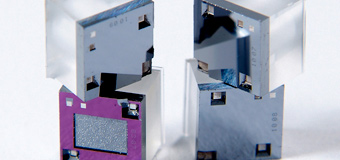
Trenched Etched Resonant Pressure Sensor (TERPS) sensors differ from conventional RPT sensors in a number of ways. They use a different method of frequency detection, which produces a much higher output signal. |
||


